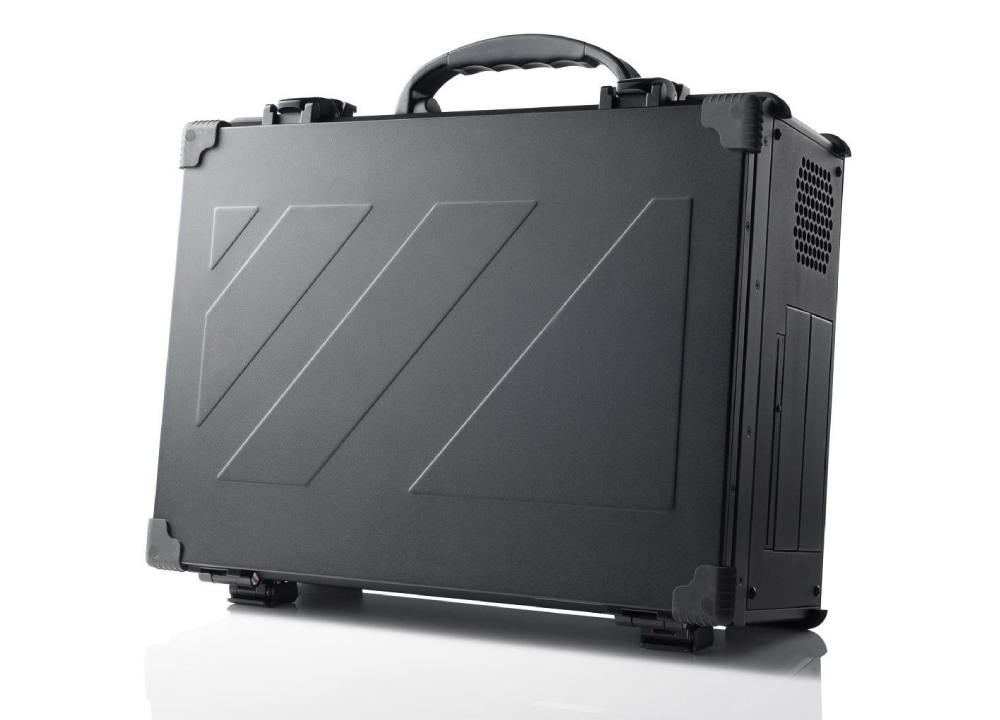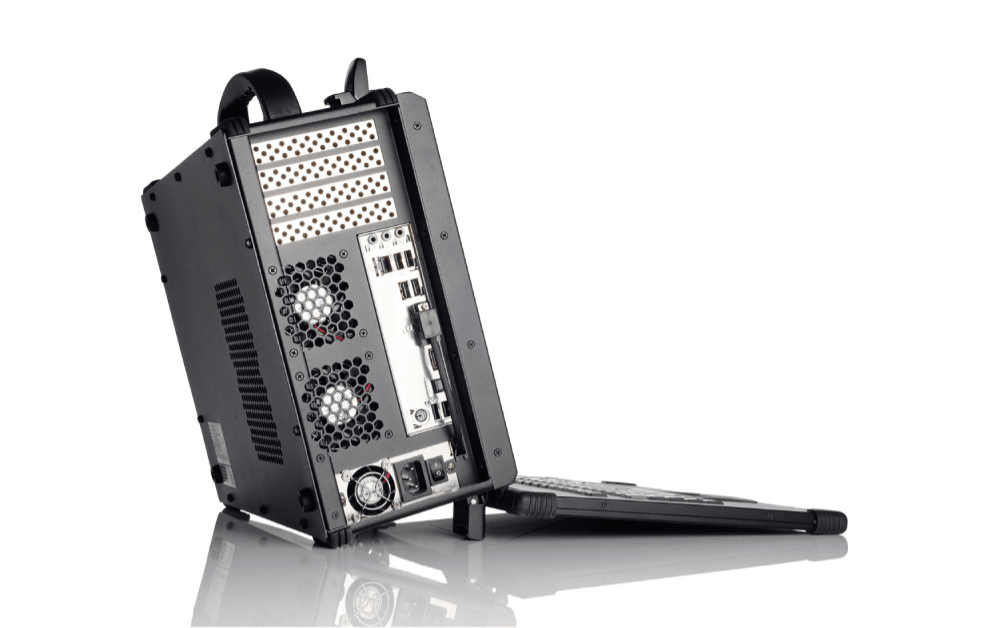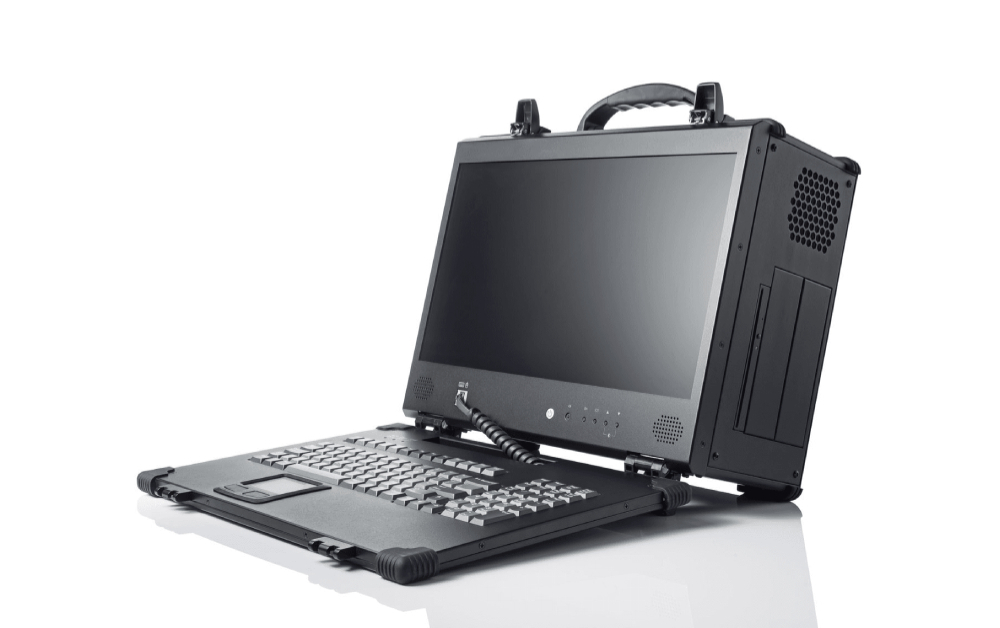Why it matters: The performance gap between desktop and mobile hardware still exists, which is why products like Mediaworkstation's a-XP are created to offer the ultimate in computing power out on the field. This portable workstation might stretch the definition of mobility somewhat, given that it weighs over 10kg (23 lbs) in basic spec. It does, however, make up for that bulk with beastly processing power courtesy of AMD's 64-core 128-thread 3990X Threadripper and Nvidia's professional/consumer-grade graphics, alongside generous amounts of RAM and storage for handling heavy duty computing tasks anywhere.

The a-XP appears to be a micro-ATX case with a handle on top that's bolted to the back of a chunky laptop. While this beast won't be winning any beauty contests, it'll likely save lots of time for workers at on-site jobs where immense computing power is the need of the hour.
Mediaworkstations.net, the company behind this portable workstation, is targeting it at creative and technical professionals in need of a powerful, mobile PC that can adequately handle demanding routines involving media production, visual effects, VR/AR, scientific research, and CAD applications.
The a-XP's basic configuration comes in at nearly $8,000, which includes AMD's 24-core 3960X, Nvidia's RTX 2060 Super Blower Edition, 32GB of RAM and a 250GB Samsung 970 EVO Plus SSD. Fork over another $1,600 to get the 32-core 3970X or $3,600 to equip the monstrous 64-core 128-thread 3990X.

Being a PC, there's a myriad of configurable hardware options available, including GPUs from Nvidia's GeForce/Titan/Quadro/Tesla series and storage options from Samsung, Intel, Micron, and WD. Buyers can also choose from other peripherals like a RAID controller card, gigabit network adapter, or expand PCIe-based storage with Intel's superfast Optane memory.
A fully loaded configuration of the portable a-XP comes with an AMD 3990X, Nvidia's 32GB Tesla V100 GPU, 64GB RAM, 4TB SSD, and 28TB of SATA storage. Given all this powerful hardware, the a-XP doesn't feature a battery on-board, though a CacheVault flash-based backup and multiple UPS options are available for dealing with power outages, pushing the a-XP's price well above $30,000 once all options have been maxed out.

Although it features a mechanical keyboard, the rugged-looking touchpad on this machine seems a tad smaller than most modern laptops, which is why Mediaworkstations has multiple keyboard/mice combos on offer from Logitech and Microsoft, in addition to a couple of desktop speakers for delivering ample sound in the outdoors.
The a-XP portable workstation is compatible with 64-bit versions of Linux and Windows 10. It weighs between 10-13kgs (23-30 lbs) depending on configuration, measures 13.63" x 16.51" x 7.26", and comes with a free "3 Year Depot Warranty."
https://www.techspot.com/news/86283-mediaworkstations-xp-luggable-pc-amd-threadripper-inside.html